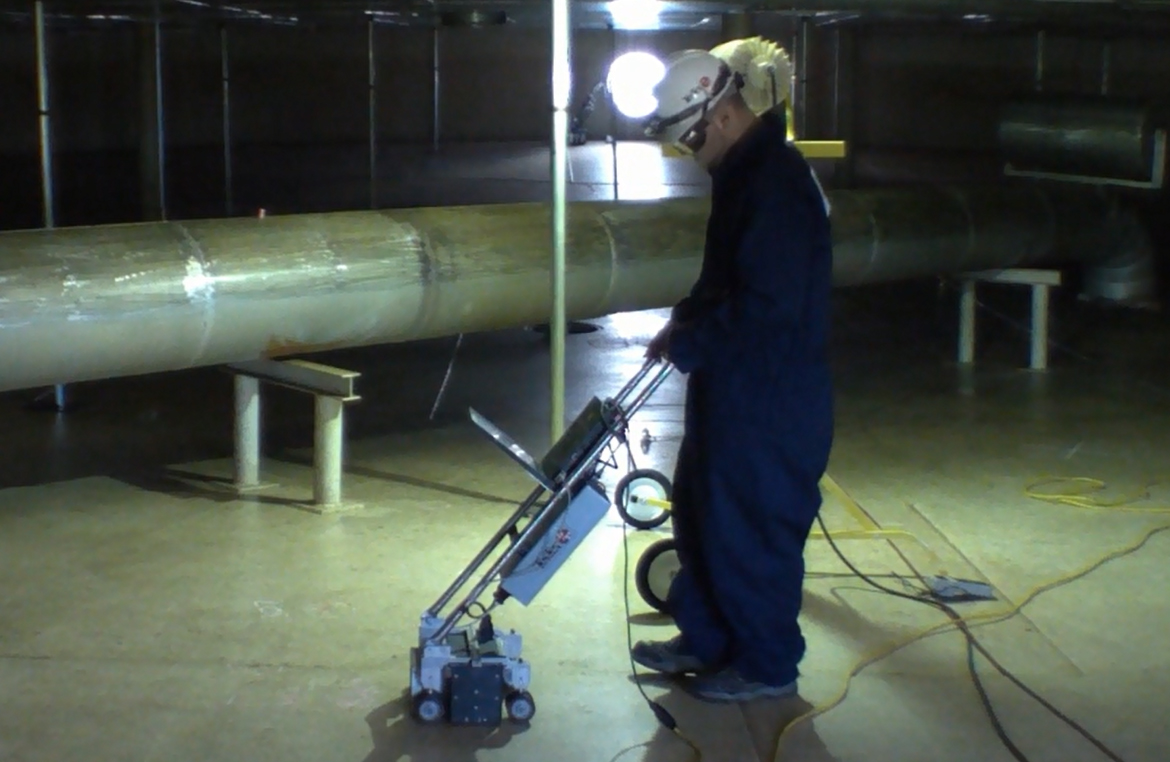A Thorough Summary of Tank Welding Assessment Specifications and Methodologies for Improved Weld Quality and Efficiency
The significance of welding examination requirements in the production of containers can not be overstated, as they offer as the backbone for guaranteeing weld integrity and functional dependability. Different evaluation strategies, including aesthetic analyses and progressed non-destructive testing approaches, are essential in recognizing prospective defects that can jeopardize performance.
Importance of Welding Examination Requirements

Welding examination standards incorporate a variety of requirements, consisting of product requirements, welding procedures, and credentials of personnel associated with the welding procedure. By applying these standards, organizations can methodically recognize and remedy prospective flaws, consequently decreasing the probability of pricey repairs or devastating failings. In addition, strenuous inspection methods foster a culture of accountability and precision, urging welders to keep high degrees of craftsmanship.

Usual Welding Assessment Techniques


Ultrasonic Examining (UT) is another common technique, using high-frequency acoustic waves to spot interior imperfections that might not be visible on the surface. This approach is especially reliable for identifying spaces or incorporations within the weld steel. Magnetic Particle Checking (MT) is additionally widely used, particularly for ferromagnetic materials, as it reveals surface area and near-surface issues with the application of magnetic areas and ferrous fragments.
Additionally, Liquid Penetrant Screening (PT) spots surface-breaking flaws by using a penetrant to the weld and afterwards using a developer to attract out the penetrant. Each of these methods contributes to a thorough examination technique, making certain that welds fulfill the stringent top quality requirements needed in tank building and construction.
Governing Specifications and Conformity
Regulative standards and conformity are necessary components in guaranteeing the security and dependability of bonded frameworks in container construction - Tank Welding Inspection. These standards offer to develop minimum needs for material residential or commercial properties, welding procedures, and assessment practices, consequently lowering the danger of architectural failures and enhancing overall efficiency
Trick companies, such as the American Society of Mechanical Engineers (ASME) and the American Welding Society (AWS), give guidelines that are commonly adopted in the industry. Compliance with these criteria not just makes sure adherence to finest practices but additionally satisfies legal and contractual obligations, securing the passions of stakeholders.
Regulatory bodies usually mandate adherence to details codes, such as ASME Code Section IX for welding qualifications and API 650 for bonded storage tanks. These codes describe requirements for welding methods, credentials of personnel, original site and testing techniques to validate click to read weld honesty.
Regular audits and evaluations are crucial to keeping compliance, as they help recognize discrepancies from developed standards. Non-compliance can cause significant fines, project delays, and safety risks. Therefore, a robust understanding of regulative requirements and a dedication to conformity are vital in attaining high-quality and durable bonded tank frameworks.
Non-Destructive Testing Techniques
How can the honesty of bonded frameworks be assured without causing damages? Non-destructive testing (NDT) techniques provide a robust remedy, allowing inspectors to review weld high quality without jeopardizing the product - Tank Welding Inspection. Amongst the most usual NDT methods are ultrasonic screening (UT), radiographic screening (RT), magnetic fragment screening (MT), and color penetrant testing (PT)
Ultrasonic testing uses high-frequency audio waves to find inner flaws and define product homes. It offers precise dimensions and is specifically efficient for thick products. Radiographic testing involves passing X-rays or gamma rays via the weld, producing images that reveal structural problems such as fractures or spaces. This technique is very useful for assessing the integrity of complex welds.
Magnetic fragment screening is fit for ferromagnetic products, where electromagnetic fields expose surface and near-surface discontinuities. Color penetrant screening utilizes a fluid color to highlight surface-breaking problems, making it an efficient technique for non-porous materials.
Each of these NDT techniques has distinctive advantages, enabling for comprehensive evaluations customized to particular products and welding procedures. By executing these techniques, sectors can make sure the dependability and safety of bonded frameworks, ultimately enhancing total performance.
Enhancing Weld Quality Via Inspection
Efficient assessment plays a crucial role in improving weld top quality, acting as a vital checkpoint in the manufacture process. By identifying prospective defects early, examinations alleviate the risk of jeopardized structural stability and make sure conformity with sector requirements. Employing a combination of aesthetic evaluations, non-destructive screening (NDT) techniques, and mechanical analyses, inspectors can identify problems such as porosity, splits, and incomplete blend.
Applying a durable examination method not just enhances the general high quality of welds however likewise promotes a culture of accountability among welders and makers. Regular training and qualification of inspection workers make certain that they are equipped with the required abilities to identify and deal with prospective troubles effectively. This positive technique minimizes rework and associated expenses, inevitably adding to project effectiveness.
Moreover, thorough documentation of evaluation searchings for gives beneficial insights into repeating problems, assisting in continual renovation in welding techniques. By leveraging advanced technologies, such as automated ultrasonic testing description or digital radiography, weld quality can be improved with much more exact evaluations. To conclude, a rigorous examination process is indispensable in attaining high-quality welds, ensuring safety, reliability, and longevity in container construction.
Verdict
Finally, the execution of extensive container welding assessment requirements and techniques is vital for ensuring weld stability and efficiency. By using a combination of visual examinations, non-destructive screening techniques, and adherence to regulatory criteria, companies can efficiently identify and minimize prospective problems. Promoting a society of liability among welders even more improves the quality of welding procedures. Eventually, these practices add to minimized structural failings, lower fixing expenses, and improved operational efficiency within the market.